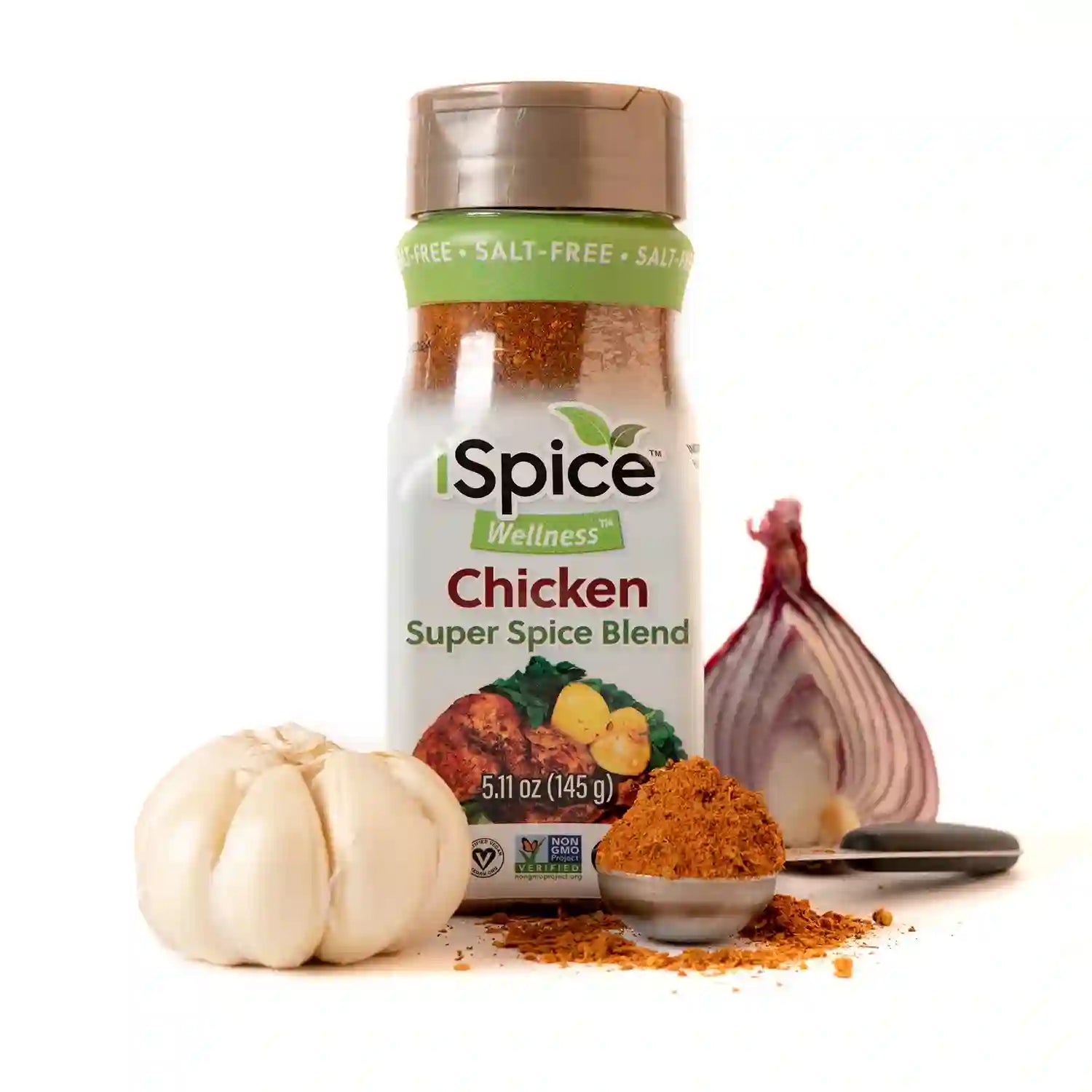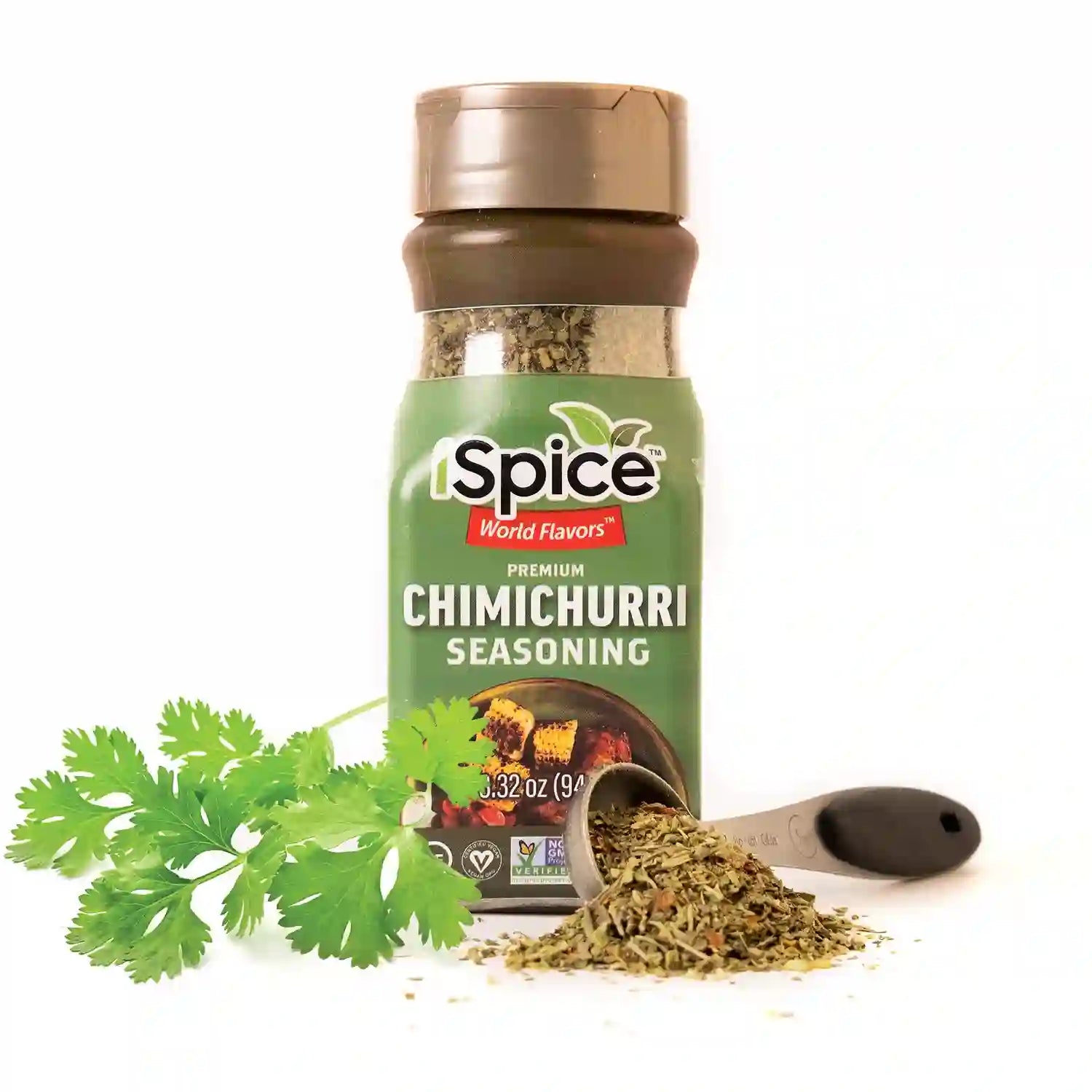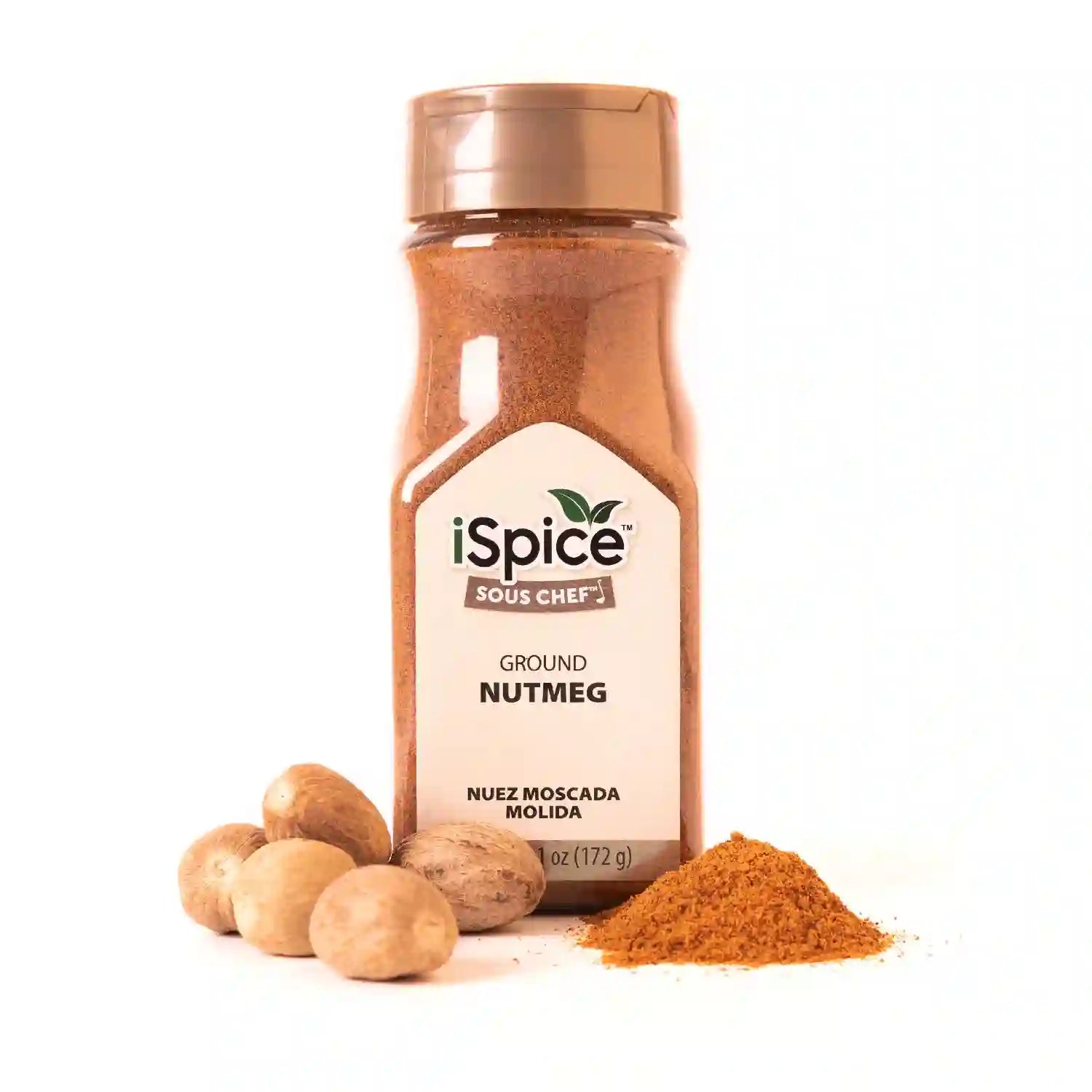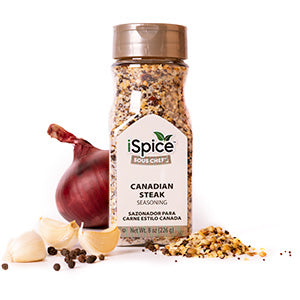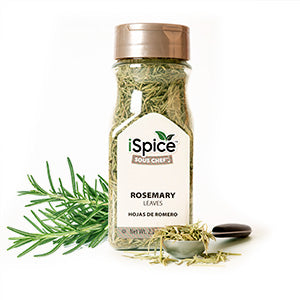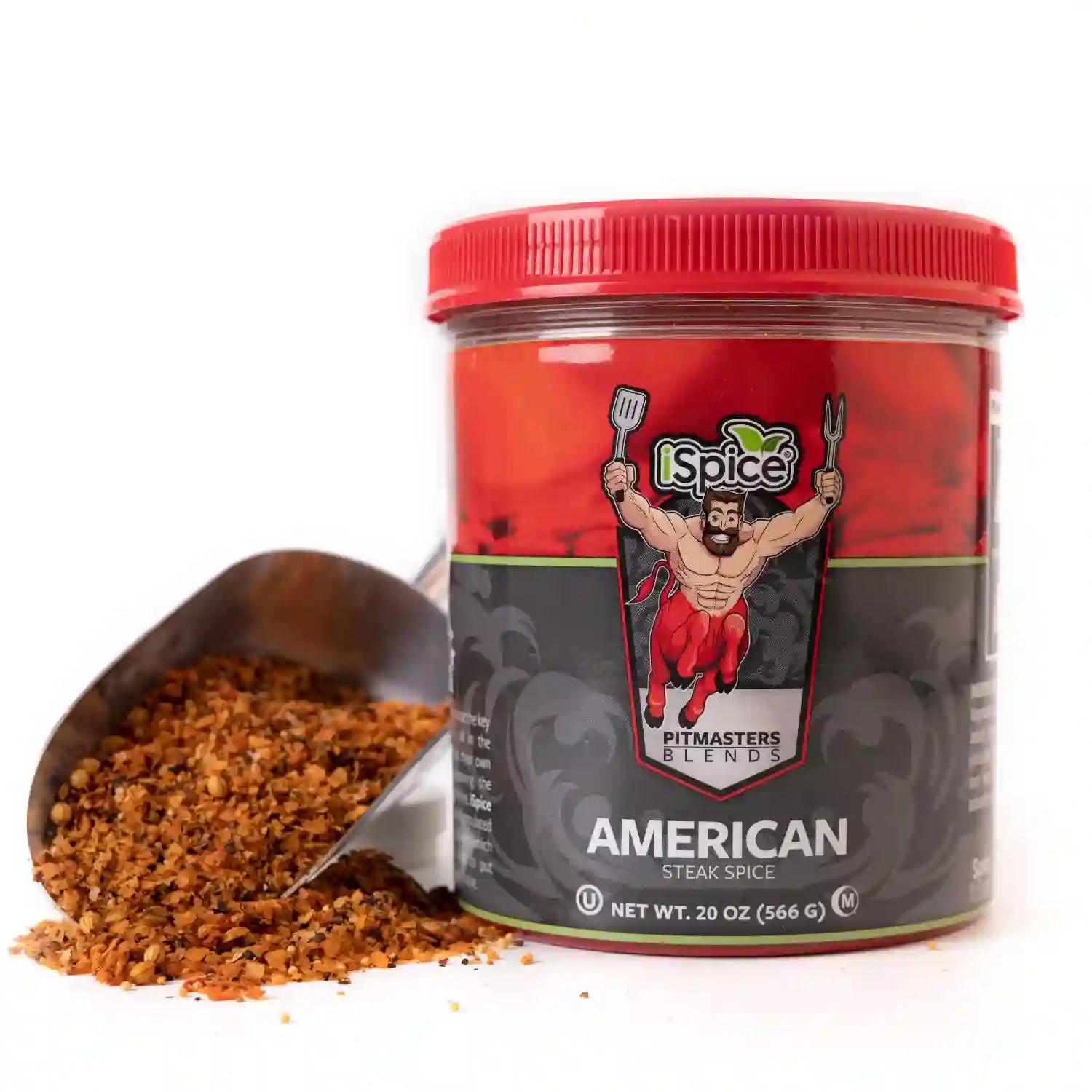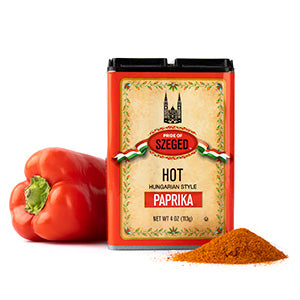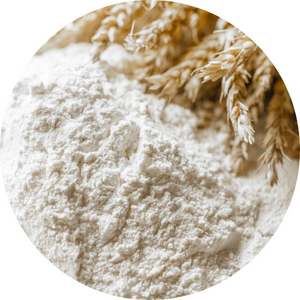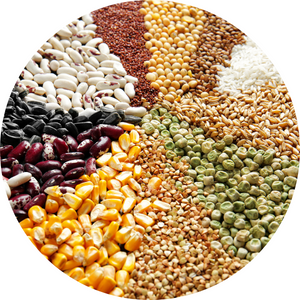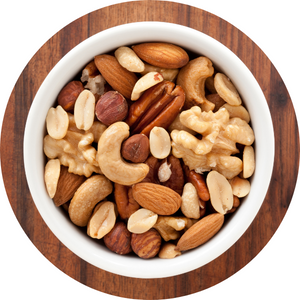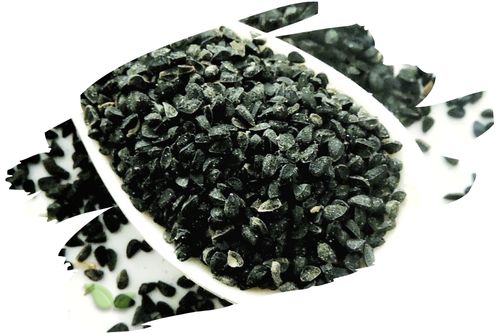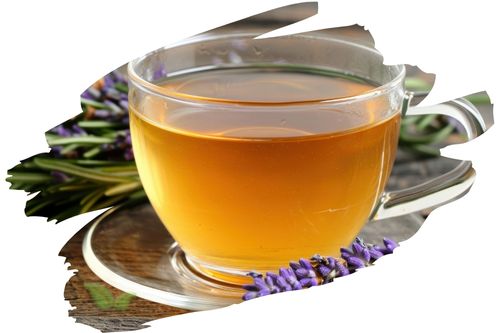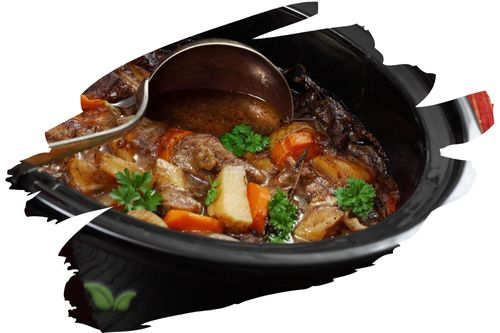
Arrowroot and cornstarch are both commonly used as thickeners in cooking and baking. Here are some differences between them:
-
Source: Arrowroot is derived from the rhizomes of several tropical plants, while cornstarch is made from corn kernels.
-
Flavor: Arrowroot is flavorless and doesn't affect the taste of the dish, while cornstarch has a slightly sweet flavor that can alter the taste of the dish if used in large quantities.
-
Texture: Arrowroot creates a smoother, silkier texture than cornstarch, which can create a slightly grainy or chalky texture in some recipes.
-
Heat tolerance: Arrowroot can tolerate higher temperatures than cornstarch without breaking down or losing its thickening ability.
-
Nutritional value: Arrowroot is a good source of potassium and iron, while cornstarch is high in calories and has little nutritional value.
When choosing between arrowroot and cornstarch for a recipe, consider the flavor, texture, and cooking temperature of the dish. In general, arrowroot is a good choice for dishes that require a clear, glossy sauce, while cornstarch works well in creamy dishes that require a thicker texture.
Alert: While spices can have many beneficial properties for health, using them for medical purposes should be done under the guidance and supervision of a healthcare professional or specialist. Some spices may interact with medications or cause adverse reactions in certain individuals, and it is important to use them safely and appropriately. If you are considering using spices for a medical condition, it is important to consult with a healthcare professional before doing so.

